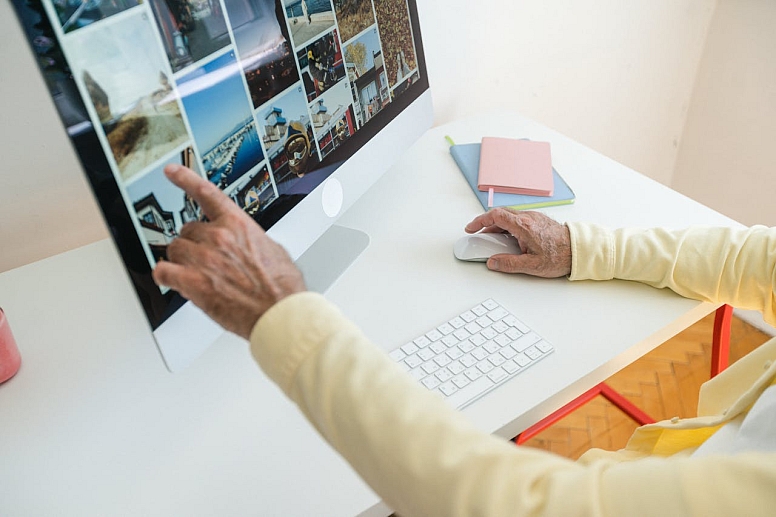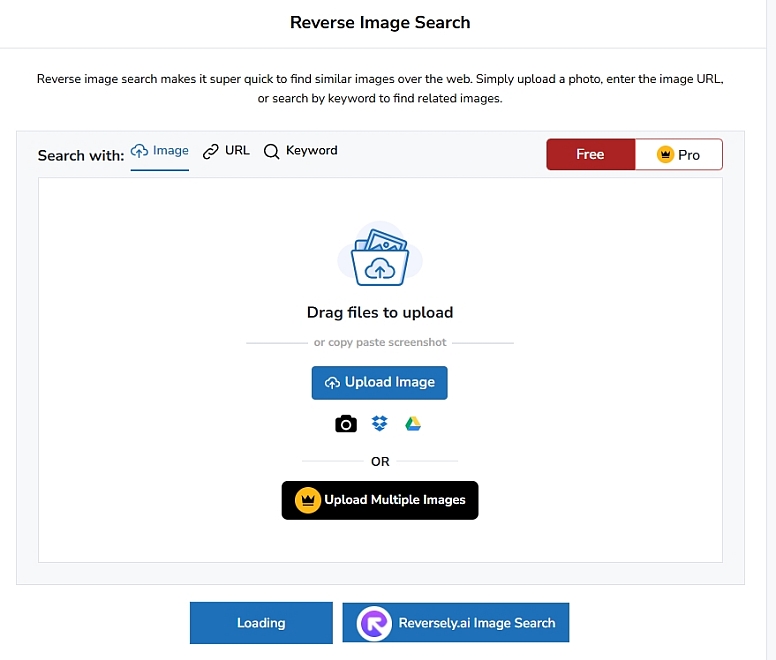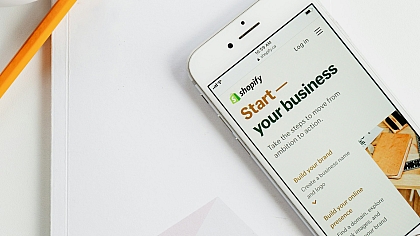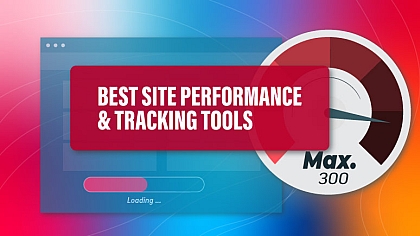
The Designer's Guide for Finding Stolen Artwork Online
Designers’ lives are full of challenges. They have to work hard to create stunning artwork. Sometimes, crafting a compelling piece of art may take weeks and months. In this situation, the theft of their work adds extra stress to them. It feels frustrating when someone uses your work without your consent and gains personal benefits from it.
Fortunately, there are some possible ways to find your stolen artwork online. These methods enable you to know who is using your designs without permission. Consequently, it becomes easy for you to take legal action against the offender and stop the misuse of your visuals. So, let’s set off on an informative journey.
Conduct Visual Searches For Your Artwork
Finding an incident of theft of your designs indicates that your work has been used elsewhere, too. At the same time, knowing where your graphics are being used online is quite challenging. However, reverse image search has made it possible to determine the potential usage of your unique visuals on the Internet. Wondering how?
It’s a modern technique to search by image using an efficient tool. A cutting-edge reverse image search free tool retrieves data from all search engines and gets a vast collection of similar pictures and their sources. Simply, an image search tells you where a particular image appears online. This can help you discover whether your designs have been used just on one platform or if they are on multiple sites.

By reviewing the results, you can easily find all the platforms that have stolen your work and are using it without your permission. This enables you to take the right action against the offender.
Contact Copyright Protection Agencies
Professional designers always register their work with copyright protection agencies. This gives them the right to control the use of their visuals online and offline. So, if you have also registered your artwork with such a credible resource, you can get expert help in content theft.
Copyright defence authorities provide you with the right to your work and help you track unauthorized use of your artwork. You can ask them to trace the presence of your unique art pieces on the Internet. They utilize advanced image tracking systems and discover every web feature with your pictures without your consent.
Additionally, you will get notifications in the future whenever your designs are noticed anywhere other than your official profiles. This facility provides you with early awareness of the theft of your visuals so that you can act against the culprit promptly.
Monitor Platforms Where You Share Artwork
Sharing artwork on online platforms is familiar to designers. This helps them showcase their abilities to others and attract clients. However, it also raises the risk of theft. That’s why designers should always be vigilant about the appearance of their distinct art pieces on others’ profiles, groups, and communities.
If you publish your work on Facebook and Instagram, join relevant groups related to your field and visit them regularly. By doing so, you may catch a person sharing your design and pretending it to be created initially.
However, if you share your artwork on professional platforms like Behance, use its search bar and input keywords, titles, and tags related to your visuals. Moreover, check portfolios and designers' projects that you have doubts about. Frequently monitoring these platforms enables you to discover your stolen work and report the offender to the respective platform.
Identify Your Unique Ownership Elements
Another effective way to recognize your stolen work online is to identify the unique elements of your ownership. Here, we mean watermarks, digital signatures, logos, and other factors that designers often include in their artwork to indicate that the design belongs to them. These elements make it harder for others to claim your visuals as their own.
So, whenever you see a design you think is from your past work, look for your ownership elements. Offenders usually remove the logo and watermark using online editing software but fail to erase digital signatures embedded in the designs.
So, if these apparent elements are absent, look for the hidden signature you have added to your visuals. You can also analyze the metadata of suspicious images to find possible traces of your ownership. These things will help you identify your stolen work and act accordingly.
We hope that you have learned the techniques for finding your stolen artwork. If you apply these practices correctly, you may discover who uses your work without your consent.














